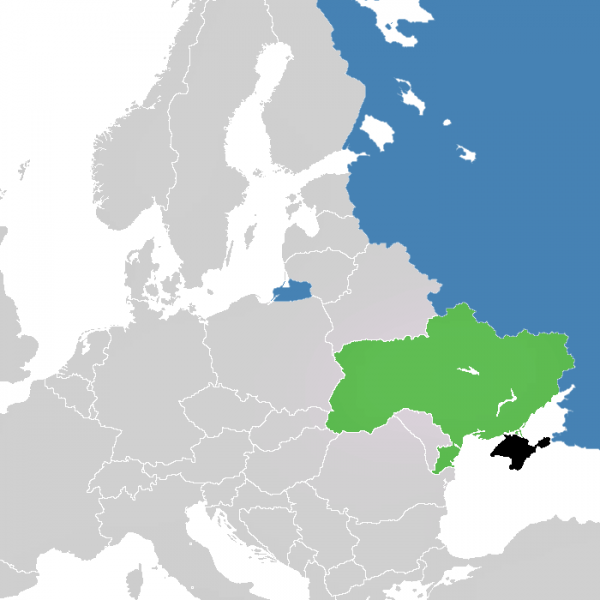To London, with Love: Bloody Mary Summer
Ivan Lett–
When Emperor Charles V was elected Holy Roman Emperor in June 1519, his influential position became incredibly important for the strength of his family. Only three years before, he had inherited the vast lands of the Spanish Empire, which already spanned the far ends of the globe, and within Europe itself, he personally ruled over Spain, the Low Countries, Austria, and Naples. Charles’ aunt, Catherine of Aragon, had married into the Royal House of Tudor in England, one of the few rival monarchies to Charles’ Habsburg power. At first, she married the eldest prince, Arthur, but after his untimely death, King Henry VII arranged for Catherine to marry his new heir, the eventual Henry VIII, as his first wife.
 We all know the legends of Henry VIII and his six wives, but I always found a sad spot in my heart for poor Catherine. Call me an Hispanophile, but she was in no easy position. After six pregnancies, only Princess Mary survived, and Henry would stop at nothing to have a male heir. By 1525, Catherine, already five years Henry’s senior, was over forty and seemed unlikely to become pregnant again. When Henry tried to pressure the Pope into granting an annulment, his envoy was prevented from gaining access because the Pope was Emperor Charles’ prisoner. Naturally, he was on his aunt’s side, but Henry was determined to prevail. Enter: the English Reformation.
We all know the legends of Henry VIII and his six wives, but I always found a sad spot in my heart for poor Catherine. Call me an Hispanophile, but she was in no easy position. After six pregnancies, only Princess Mary survived, and Henry would stop at nothing to have a male heir. By 1525, Catherine, already five years Henry’s senior, was over forty and seemed unlikely to become pregnant again. When Henry tried to pressure the Pope into granting an annulment, his envoy was prevented from gaining access because the Pope was Emperor Charles’ prisoner. Naturally, he was on his aunt’s side, but Henry was determined to prevail. Enter: the English Reformation.
So it’s no wonder that these events are the background for a chapter called “Dysfunctional Family” in John Edwards’ new biography, Mary I: England’s Catholic Queen. The conflict between Mary’s parents framed the most significant events of her life, and with a particular focus on Mary’s religious faith, which was at the heart of everything she did, Edwards works to bring this controversial Queen into perspective. Most often remembered for her attempts to reverse the rise of Protestantism in England, Mary’s reign saw the persecution and execution of religious dissenters. After thoroughly and exhaustively researching the Spanish archives, attempting to sympathize with Mary’s Catholicism, Edwards applies his knowledge to casting Mary in terms of religious rather than exclusively personal decisions. It’s not that he exalts Mary—you don’t get the name Bloody Mary for nothing—and there is little that can be done to overturn nearly five centuries of bad opinion, but he gives a new way of how we can see the violent burnings and actions of her reign. He focuses more on Mary’s short marriage to Phillip II of Spain, Charles V’s son; the clergy; and the nature of her Catholic rule. After all, Mary, Phillip, and her administrators did truly believe that what they were doing was right in the name of God and their Christian faith.
The book is coming out in September, so enjoy your summertime Bloody Mary before you give pause to think about its namesake. Oh, who am I kidding?: Tomato, Tomato.
(On a final note, Henry VIII’s birthday was the same date as Charles’ election: June 28. Just how intertwined could these two families be?)
Ivan Lett is Online Marketing Coordinator for Yale University Press.




I am descended from Joan of Acre, daughter of King Edward and Eleanor of Castille, through Anne Bradstreet, the Puritan poet. From Eleanor I am from Alfonso VI and some of the early kings of Castille and Leon, so my ancestors were mostly oriented toward valuing the English Reformation, thus I have a cultural and genetic aversion to Bloody Mary and what she represented. Books like this are good to help someone like me step outside of my cultural and genetic prejudices, inherited down the centuries, and try to get a larger view of the currents of human world views that affect the processes of history, and better appreciate who I am within the context of Anglo-American culture, and how we can grow more positive from here.